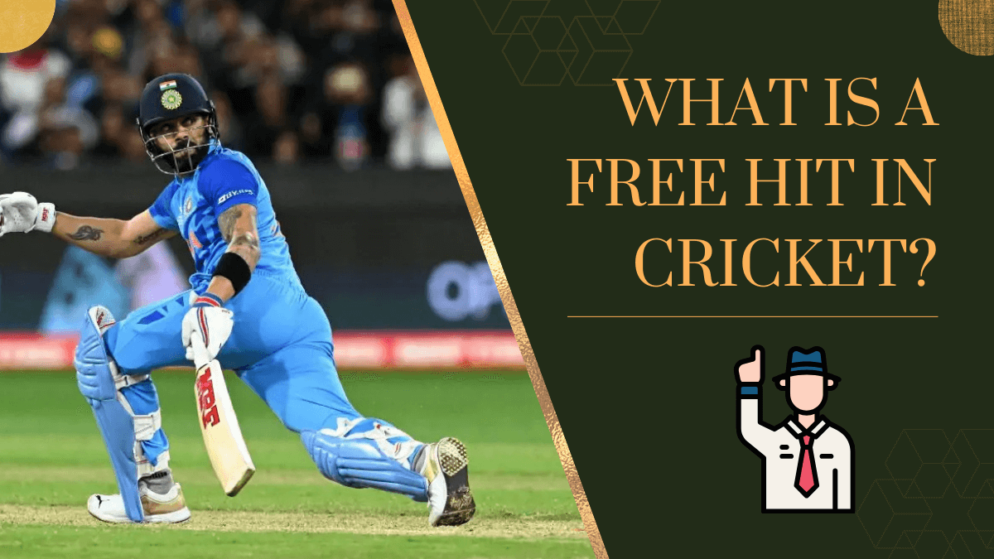

A free hit in cricket is awarded to the batting side after a bowler bowls a no-ball. A no-ball is an illegal delivery when the bowler steps out of the crease at the time of release or bowls in a manner that the ball is directed above the batter’s waist.
Before 2007, a no-ball would fetch one run for the batting side and the bowler was supposed to bowl that delivery again. In 2007, the free hit law was introduced. According to this, the next ball after a no-ball is a free hit. This delivery guarantees that a batter cannot be deemed out. The only modes of dismissal applicable on a free hit is a run out, obstructing the field, or hitting the ball twice. The field setup on the free hit delivery has to be the same as that of the previous delivery unless the strike batter changes. The batter can hit with more freedom on the free hit delivery as it is technically a dead ball in play.
In 2015, a free-hit was awarded even for a waist high no-ball. The umpire signals a free hit by pointing his index finger towards the sky and moving his arm in circular motion. In case the free hit ball is also a wide or a no-ball, then the free hit continues. Overall, the free hit is an advantage for the batting side and the no-ball can prove costly for the fielding side.








